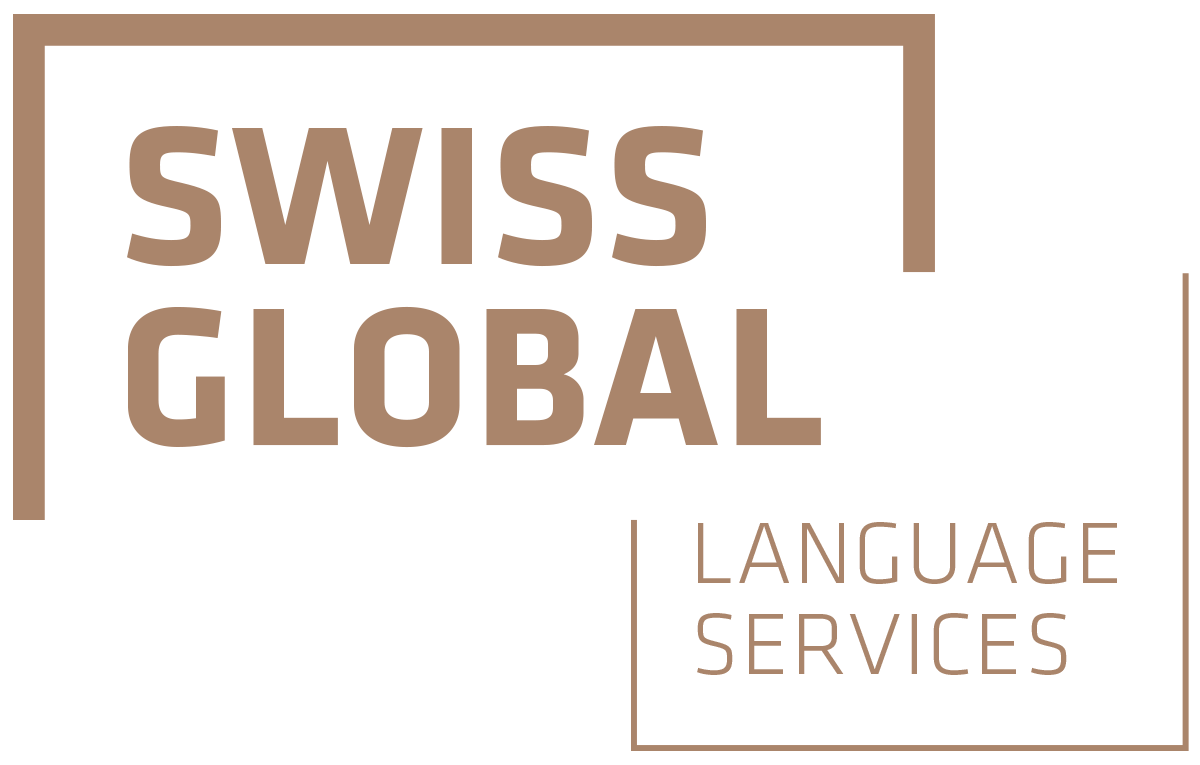Opportunity in Crisis: 4 key trends in the translation industry in 2021

The coronavirus is an economy-disrupting curveball that virtually nobody saw coming. All predictions and forecasts went out the window overnight, while in the months since it has changed the fabric of the way the world does business: from the rise of home office to a dramatic downturn in international trade, investment and travel.
And we’re not out of the woods yet, with fresh lockdowns in place that could last until the end of the year. As the IMF points out with no small understatement, “the global economy’s long ascent back to pre-pandemic levels of activity remains prone to setbacks”.
One industry that has managed to find opportunity amid crisis is the translation sector. According to the 2020 European Language Industry Survey – an annual questionnaire issued by the European Union Association of Translation Companies (EUATC) to industry stakeholders in 45 countries – language service providers were better prepared than most to weather the pandemic storm.
There are three reasons for this. First, many agencies were already equipped for and familiar with a home office setup. Second, the activities of most translation providers span all sectors of the economy, making them less vulnerable to abrupt economic shifts. And third, the crisis situation has generated a huge amount of COVID-related content that – particularly among international businesses – has to be translated due to legal compliance.
As a result, the translation industry is attracting more would-be translators, copywriters, proofreaders and post-editors than in previous years. As a relative safe haven, thousands (perhaps even tens of thousands) of people who were laid off from their regular jobs this year have since segued into the world of language services in the hope of gaining a steady income once again. An article in Time states that this development is part of a larger societal move toward freelance work, which is in turn leading to much greater competition.
Now that this long, strange and unpredictable year is slowly drawing to a close, it’s the perfect time to take a look at what trends are likely to take hold in the translation business in 2021 – just don’t hold us to it.
Machine translation, human editing
This is the big one. While machine translation (MT) has been gaining ground over the past decade, the next few years will see it become an integral part of the translation industry. According to the 2020 European Language Industry Survey, 78% of language service providers either already use or are planning to employ MT and post-editing tools. Why now?
Simply because the software is finally good (and cost-effective) enough to provide a workable target text. Gone are the days when a program would produce garbled reams of characters more in common with a Lewis Carroll poem than a solid marketing brief; it now has enough data to draw on to be able to compare, contrast and create.
Of course, this isn’t to say agencies are about to become word factories churning out translations on a production line – a good text is all about finding the human touch and bringing it to the surface. That’s why human editors will continue to be as integral to the translation process as ever. Now, though, instead of working from a blank page, they’ll already have a framework in place on which to work their magic. For budding language experts, it’s the perfect time to get on board: Business Insider estimates that between now and 2024, the machine translation market will increase in value to USD 1.5 billion – at a CAGR (Compound Annual Growth Rate) of 19%.
The robots are coming – AI in translation
Wait, isn’t AI the same as machine translation? Not quite: AI is primarily the focus of companies that develop computer-aided translation (CAT) tools, which are used by human translators to create texts from scratch. While MT has its uses, such as translating user manuals or parts lists, there are some domains where it pays to have a human in the loop from the beginning – marketing, creative, literary and the like. As noted in the 2020 European Language Industry Survey, “MT is the strongest technology trend, but CAT [is] still going strong”, especially among freelancers.
A recent article in Forbes points out that the artificial intelligence found in CAT tools has become increasingly sophisticated in recent years. Based on a deep learning neural network, the algorithms in the AI continually ‘learn’ from the human translator as they input data. As the AI becomes familiar with the translator’s preference for certain words, phrases and flourishes, it adapts its own algorithms to reflect this.
The result, according to Forbes, is that “[the AI] works just ahead of the human translator”, offering their human counterpart suggestions based on the context. As this field continues to develop, translators can expect to receive even more assistance from their AI co-pilots in future.
Globalisation equals translation
In a post-COVID economy, businesses will be exploring every channel they can to rebound and recover their losses over the next 12-24 months. This may mean making inroads into emerging markets – think South America, Turkey, Russia, Thailand, Mexico, South Africa and the like. And despite the fact that English is the global language of business, when it comes to communicating with end users, people want to receive information in their mother tongue.
This goes hand in hand with the rise of machine translation: whereas before, it may have been necessary for a text to pass through two or three links in the human translation chain (French > English, English > Russian, Russian > Ukrainian) before arriving at the desired target language, MT can cut out the middle man and go straight from source to target. The result: more affordable translation options for enterprises looking to establish new roots by looking beyond their back gardens to far-flung vistas.
From static text to dynamic interaction
Online video marketing has been on the rise for a long time. Thanks to blanket wireless coverage, huge data plans and social media platforms like TikTok, people now expect to be able to watch videos on their smartphones from any location. An infographic from eCommerce guru Oberlo reveals that 54% of consumers want to see more video content and less text from their preferred brands and businesses. Coupled to that is the finding that 87% of marketing professionals now use video as a key marketing tool.
At first glance, this might seem like a threat to the translation industry. After all, wouldn’t a move away from text imply a drop in demand? In actual fact, the opposite is true: much of this video content comes with subtitles that have to be transcribed and translated into many different languages – given that people frequently consume content of this kind in public, they tend to watch with the sound off, relying on the accompanying text to understand the story being told. On the production side, there is a still a strong need for pitches, storyboards, scripts, press material, posts and more to be translated. In other words: translators won’t be short of content to work on any time soon.
There’s another trend set to make waves in the world of video content, too: video localisation. Much as a language service provider will often take a generic text and tailor it to attract a local target audience, video content providers can use the power of digital overlays and after-effects to make a film shot in one location appear as though it was produced in another.
A city street in Germany, for example, could be overlaid with signs in English to give it a more familiar feel, while a scene in a research lab in Moscow could be made to look like it was filmed in Paris. Known as ‘deep localisation’, this type of content adaptation is in its early days yet, and will certainly require specialists who can comb every frame of the film and identify elements that need to be changed. Think further ahead for this one – not just 2021, but perhaps the next decade.
Uncertain times call for a reliable partner
Slator, a leading language industry intelligence provider, estimates that in light of the current situation, the coronavirus outbreak could lead to an 8% decline in the overall market size in 2020, before rebounding in 2021, with some industries affected worse than others. According to the 2020 Slator Language Industry Market Report, which provides a comprehensive view of the global language services and technology industry, the market grew to a USD 24.2bn in 2019 and projects a growth to USD 25.3bn in 2022.
Besides new trends for 2021, previous trends, such as the increased demand for document translation in highly regulated industries (i.e. Finance, Life sciences, Legal (IP), or Public Sector), serve those language service providers well that have strategically focused on these verticals. The main driver for buyer demand is an ever-tightening regulatory environment that leads to growing multilingual communication and documentation.
But here’s a question: How do we already know which trends will grip the translation world in 2021? Well, to maintain our status as a leading language service provider, we at SwissGlobal Language Services AG make sure to keep our finger on the market’s pulse at all times. Understanding the direction the industry is set to take enables us to respond at an early stage by adapting and evolving our processes, investing in the latest translation technologies and expanding our expertise. This, combined with a highly experienced in-house team, a network of strong technology partners and a resilient quality management system, puts us one step ahead of the competition and makes us a safe choice in uncertain times.
Now more than ever, it is essential for recovering businesses to be able to rely on an expert language service provider for its translation, localisation and copywriting activities. While it may be tempting to reduce costs wherever possible or take care of matters in house, when it comes to language there are no shortcuts. It’s all about perception: a piece of brilliant copy can turn heads, change minds, attract the right audience. In a worst-case scenario, poor copy can destroy a company.
As a one-stop language service shop, we provide everything from translation, transcreation, remote simultaneous interpretation and desktop publishing through to customised CMS interface development and language technology consulting. Our ISO 17100 and ISO 9001 certifications are a guarantee of quality, and our customer portal is exceptionally secure thanks to the possibility of two-factor authorisation.
No matter how uncertain 2021 may look, SwissGlobal is always on hand to help you stabilise your business and start building again for the future. That’s not a prediction – it’s a promise.
-
Artificial intelligence
Machine translation



